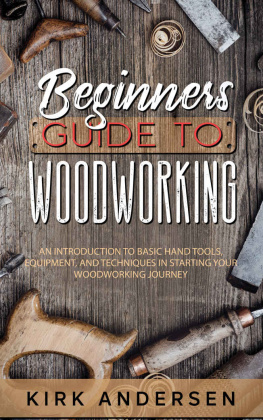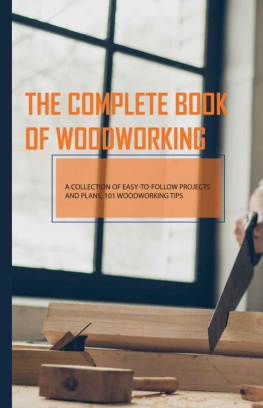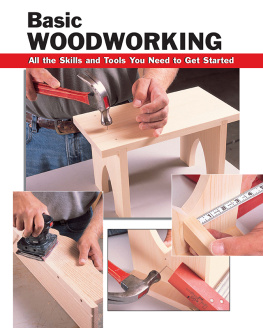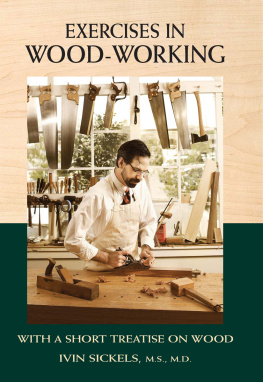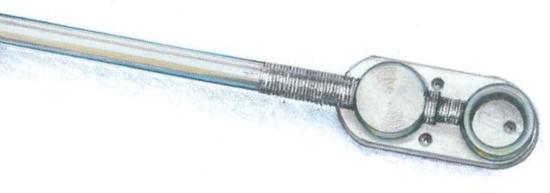ACKNOWLEDGMENTS
To my father, Jerry, who taught me always to watch and listen; and to my daughter, Josephine, who stands on her grandfathers shoulders watching, listening, and learningand teaching all of us.
I would also like to acknowledge the untiring support of my partner Kathy Tam and the helpful guidance of technical editor Rick Mastelli, which made this book possible.
All illustrations by Scott Wynn.
Photos by Rick Mastelli, Scott Wynn, and Jon Deck.
CONTENTS
INTRODUCTION
CHAPTER 1:
What to Use, When, and Why
The Challenge of Grit
CHAPTER 2:
The Cutting Edge
Sharpening versus Re-Sharpening
Anatomy of Steel
Steel Grain
The Ideal Edge
Disston Saws
Hardening, Tempering, and Annealing
Types of Edge Steel
Alloy Ingredients
Forgeability
CHAPTER 3: FOR
Understanding How a Plane Works
The Angle of the Blade
Pitch Angles
Use the Lowest Effective Cutting Angle
Why 45?
Cutting Angles for Different Woods
Cutting End Grain
Blade Steels for Different Woods
Molding Planes
Mouth Opening
Chipbreaker
Plane Geometry, a Summary
Hard Chipbreakers
Millers Falls Lever Cap
Bevel Angle
The Correct Bevel Angle
Shape of the Blade Edge
How an Edge Dulls
Length of Plane/Width of Blade
Honing a Hollow-Ground Bevel
The Proportion of Length to Width
How Flat is Flat
CHAPTER 4:
Understanding How the Stanley/Bailey Plane Works
The Bevel-Down Planes
The Adjusters
The Oiler
The Bevel-Up Planes
CHAPTER 5:
Traditional Solutions: the Jack, Jointer, and Smoothing Planes
The Jack Plane
The Fore Plane
The Jointer Plane
Trying, Long, and Jointer
The Correct Blade Shape
Smoothing Planes
The Ideal Edge Shape
Why a Narrow Smoother?
CHAPTER 6:
A Guide to a Suitable Toolkit
First Things First
Adjustable Throat Plates
Beyond the Basics
CHAPTER 7:
Setting Up the Bailey/Stanley Plane
Flattening the Back of a Plane Blade
Working Around the Blade-Adjustment Nib
General Techniques for Adjusting the Plane Blade
What Really Happens
A Scraper for Metal
Gauging Straightness
File Mouth Relief
Avoid Distortion
Mouth Going Out of Parallel
Adjusting the Bailey-style Plane
Setting Up a Used #6 Fore Plane
Setting Up the Stanley #60
Adjusting the Throat
Setting Up Rabbet Planes
Setting Up a New Stanley #60
Troubleshooting
Keep Your Eyes on the Prize
Keep the Surface Flat
CHAPTER 8:
A Basic Skill that Leads to Others
Bevel Shape
Grinding
Grinding Out a Nick
Grinding on a Sanding Belt
Sharpening Stones
Stone Choices
Diamond Stones
Using and Maintaining Waterstones
Technique
Listening
Sharpening
CHAPTER 9:
Of Slaves, Dogs, and Deadmen
A Simple Bench
Shooting an Edge
Winding Sticks
Techniques for Shooting an Edge
CHAPTER 10: &
Invaluable, Often-Overlooked Tools
Bench Hook versus Shooting Board
INDEX

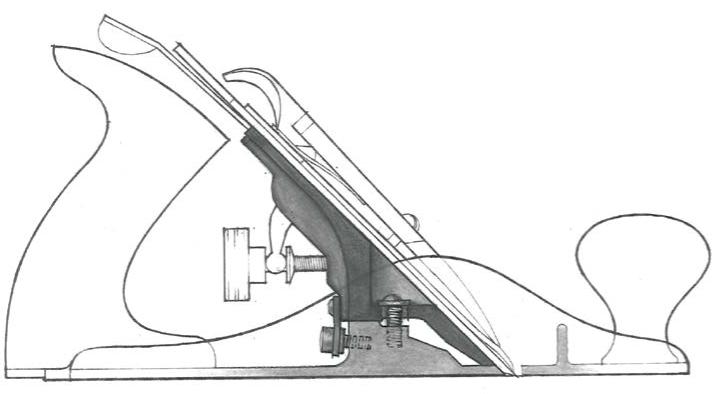
INTRODUCTION
I cannot think of anyone who has made a shaving with a plane and not been seduced by the sight, sound, and feel of the shaving emerging from the top. It is a tool of enormous satisfaction. However, it is far more than the pleasure of using a plane that makes it important. The handplane quickly and effectively does things other tools cannot. Power tools have redefined and often supplanted the handplanes traditional role, but have not replaced it. Understanding the handplane (how to set it up, fine-tune it, and adjust and modify its anatomy) and the variety of jobs it handles increases options for work and efficiency and improves results, allowing you to experience the satisfaction this essential tool brings.
THE OF
A machine might best accomplish a repeated task (you decide how many justifies automation), but hand tools can efficiently assist or accomplish short runs, one-of-a-kind pieces, prototypes, and variations on a theme. I find one of the main advantages to a proficiency with hand tools is fewer limitations in the types of projects I am able to tackleprojects otherwise too small or too big, projects too complex, and projects whose form is evolving even as theyre being produced. Even if you are working in production or large millwork situations, handplane skills can be a godsend.
In addition to extending the range of projects you can tackle, the handplane is demonstrably faster for some tasks, including smoothing small parts. A well-set handplane can smooth a side of a leg, for instance, smoother than 1,000-grit sandpaper in two or three strokes, with none of the rounding or waviness you might get with sanding. A few strokes of a handplane can likewise remove the saw marks and tearing you get on end grain. A follow-up of a few strokes with 220-grit sandpaper and you get quick, baby-bottom smoothness. The best tool to remove snipe and power-planer variations is the handplane, as its flat sole flattens the board in removing the snipe. It is fast, and it is accurate.
The results you get with a handplane are different from those with sandpaper. Assuming the blade is correctly shaped, a handplaned piece is going to be flatter and straighter than all but the work produced with the best wide-belt sanders. Less expensive wide-belt sanders can leave ripples similar to a planer. Belt and orbit sanders leave a gently wavy surface like calm water that shows up especially after applying finish, on horizontal surfaces. If you have a flat-grain piece, say in oak or pine, sanding removes more softer spring growth than denser late-season growth, resulting in a gently rippling surface following the grain. This will not happen with a handplane. Power sanding, particularly with the random-orbit sander, tends to slightly round over work in general, but especially smaller pieces, sometimes giving the work a doughy look. Handplaning also provides a better surface for gluing.


